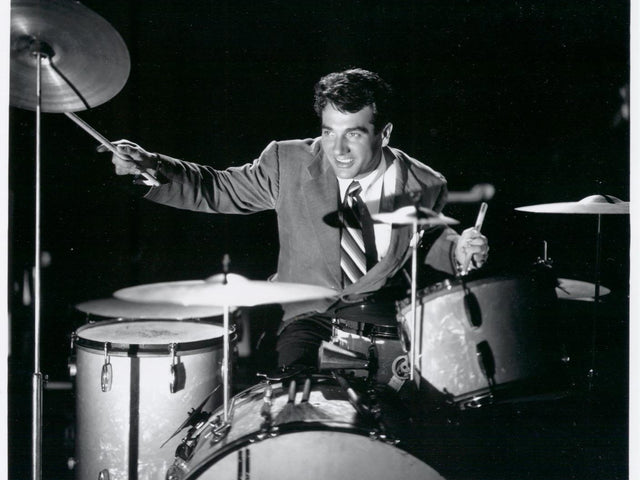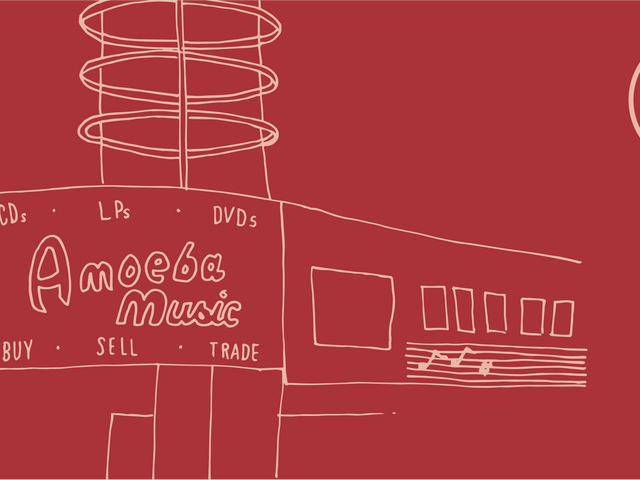Below, you can see a picture of an Ortofon SPU moving coil cartridge. This was one of the very first moving coil cartridges ever released for sale to the public and has been in production for nearly fifty years becoming something of an industry legend. It is also a device that is actively sought out by fans of jazz music. SPUs are regarded as the perfect partners for jazz and early stereo recordings—so much so that Ortofon even markets them this way.
What is the logic behind this? Surely, an audio recording is turned into an electrical signal and any device you put in the system will play it? This is entirely true—a record is a record is a record and notwithstanding specialist objects like 78s they will be played back via any turntable. Beyond this though, there is an argument that some devices are better suited to specific types of music—so much so that some components are almost indelibly associated with a certain genre of recording.

The reason for this stems from how equipment works across the whole frequency range and how that relates to different types of music. The notional ideal in design terms is for any piece of equipment to deliver an output as level as the Bonneville Salt Flats from 1Hz to the point where bats operate. In pretty much any category of product this is an impossibility but with vinyl especially, it is a complete pipedream. The best that any designer can do is to get as much of the response as they can to be level and even. If you look the frequency response of most cartridges for, they will rise up from near 1Hz, gracefully cover as much of the audible spectrum as they can and then tail off. This is repeated with varying degrees of severity across every component that makes up an audio system.
Due to compromises in the design of components, the different way in which they handle this tail off will mean that they perform differently with various genres of music because those different styles will themselves have greater emphasis on different parts of the frequency response. The Ortofon mentioned at the start of the piece has a gentle crest in its frequency response that means that if you look at it dispassionately, it has an overemphasized mid-range. If you look at it as a jazz fan though, it means that at times an SPU will make almost everything else sound broken as that emphasis is just where you need it to dig detail and emotion out of those period recordings.
This variation that components have can be used in two different ways. If you are looking to own a hifi system that will do the best job it can with multiple genres of music, you can use the varying performance of different components to counterbalance one another and create that flat response that helps you approach every piece of music with a view to doing the best job possible. Alternatively, you can choose components to further emphasise the areas of the frequency response that matters. So what are you looking for with respective genres? What follows is a generalisation but should at least give some pointers for what you are looking for.
As pointed out already, jazz—and a fair few other genres have the bulk of their critical information in the midrange. Obviously, anything with voices and analogue instrumentation in it will have plenty of information in this area but with jazz, acoustic, choral and small scale classical material so much of the important content is here that you should be looking to gently emphasise it if you want the most involving performance possible. One particularly well-regarded way of doing that is to consider a valve amplifier. These tend to naturally emphasize the midrange as a function of the design (although pricier models can have measurements more in keeping with a solid state type amp so do check) and can sound incredibly vivid with voices and instruments. If this sounds expensive, a valve phono preamp can achieve a similar effect and, as we’ve already noted a number of cartridges do too.
Conversely, for electronic music, dub, R&B, Hip Hop and breakbeat material, where a little system tweaking is toward the lower end of the frequency spectrum. I think it is worth saying right away that you absolutely can have too much of a good thing and too much bass is an unpleasant effect to live with but having equipment that can cleanly and effectively reproduce low frequencies will be more beneficial to your enjoyment of a lot of music in these categories than an emphasised mid-range. With specific regard to vinyl, some cartridges have a vastly better reputation for bass output than others so this is an area that is worth investigating. Likewise, the materials used to make a record player and the way it uses mass will also have an effect on its bass response.
I suspect that some readers might take issue with me lumping the rock genres along with their pop counterparts but my reason for doing so is that- in my experience, optimising a system for these particular categories is very hard. Some material in these genres is very poorly recorded, meaning that a system that rolls off—or at the very least doesn’t over emphasise- the upper registers would be ideal… but these same genres also contain some of the best recordings and pressings that have ever been released and doing so will be counterproductive to enjoying them. If your musical diet contains a lot of albums from these genres you really ought to be looking to get the most even frequency response you can, essentially hedging your bets against having a similar number of great and less great recordings at your disposal.
One side effect of starting to think about this tonal balance is that if you do read equipment reviews, you start to appraise what the reviewer is saying slightly differently. Do they feel that a component has a slightly lean presentation—meaning that the bass response is a little limited? That might make it unsuitable for many people but if you’re trying to reduce the bass emphasis in your own system it might be perfect. Once you start to look at equipment in this context, the design decisions behind it can make a lot more sense.
Like a number of other hardware concepts I have tried to explain on this site over the years, this is a very brief glimpse at a concept that can become extremely elaborate depending on how far you want to take it. The most important thing to remember is that the moment you move to a system that has more than one component in it, you have the ability to start altering how that system behaves and steer it in ways that are specific to your preferences and musical tastes. Equally, you can use this concept to try and build yourself an all-rounder that fears no pressing. The choice is completely up to you.
Ed is a UK based journalist and consultant in the HiFi industry. He has an unhealthy obsession with nineties electronica and is skilled at removing plastic toys from speakers.
Related Articles
Join the Club!
Join Now, Starting at $44Exclusive 15% Off for Teachers, Students, Military members, Healthcare professionals & First Responders - Get Verified!










